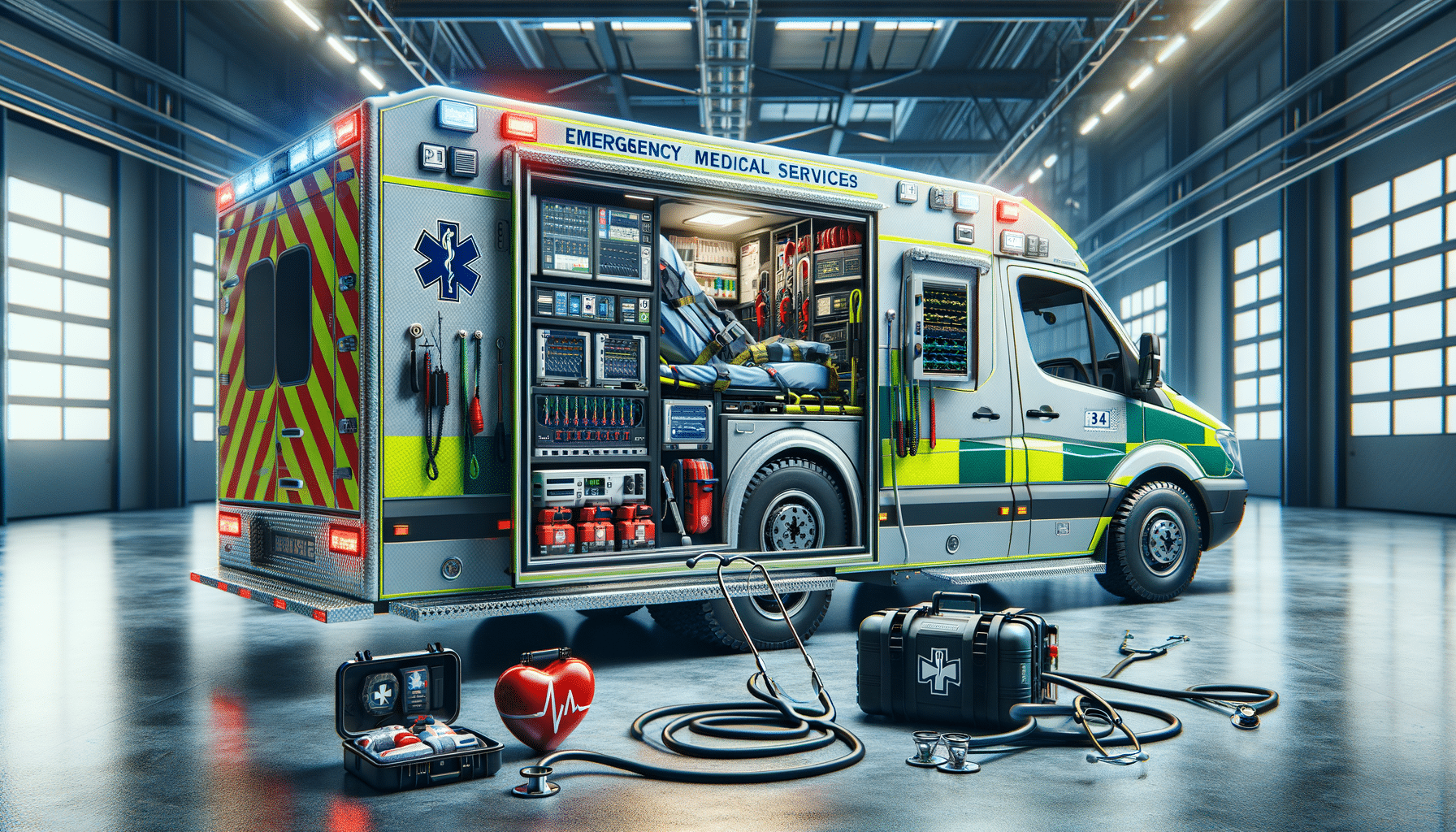
Imagine EMT & Paramedics Elevating Your Operations
The Vital Role of EMTs and Paramedics
Emergency Medical Technicians (EMTs) and Paramedics are often the first responders in critical situations, providing essential medical care and stabilizing patients before they reach a hospital. Their roles are indispensable in ensuring public safety and delivering high-quality emergency care. These professionals are trained to handle a variety of medical emergencies, from cardiac arrests to traumatic injuries, making them a cornerstone of emergency medical services (EMS).
EMTs and Paramedics are equipped with the skills to assess a patient’s condition quickly and administer life-saving treatment. They operate under protocols that allow them to perform interventions such as CPR, wound care, and administering medications. Their ability to make swift, informed decisions can drastically alter the outcomes for patients in distress.
Moreover, the presence of EMTs and Paramedics in a community enhances the overall healthcare infrastructure. They work closely with hospitals, fire departments, and law enforcement to provide a coordinated response to emergencies. This collaboration ensures that patients receive timely and appropriate care, reducing the likelihood of complications and improving recovery times.
Training and Certification for EMTs and Paramedics
The journey to becoming an EMT or Paramedic involves rigorous training and certification processes. Aspiring EMTs typically start with a basic training program that covers fundamental medical knowledge and skills. This includes learning how to perform CPR, manage respiratory emergencies, and handle trauma cases. Upon completion, candidates must pass a national or state certification exam to practice.
For those who wish to advance their careers, becoming a Paramedic requires additional training and education. Paramedic programs delve deeper into advanced medical procedures, pharmacology, and patient assessment techniques. This level of training equips Paramedics to perform more complex interventions, such as intubation and intravenous therapy.
Continuous education is also a critical component of maintaining certification. EMTs and Paramedics must stay updated with the latest medical protocols and technologies. This commitment to ongoing learning ensures that they can provide the highest standard of care in an ever-evolving medical landscape.
Career Opportunities and Growth
The demand for EMTs and Paramedics is on the rise, driven by an aging population and increased awareness of emergency medical services. This demand translates into a wealth of career opportunities for those in the field. EMTs and Paramedics can find employment in various settings, including ambulance services, hospitals, and fire departments.
Beyond traditional roles, there are opportunities for career advancement and specialization. Experienced professionals may choose to pursue roles in EMS management, education, or specialized medical fields such as critical care transport or tactical medicine. These paths offer the chance to take on leadership roles and influence the future of emergency medical services.
Furthermore, the skills acquired as an EMT or Paramedic are transferable to other healthcare professions. Many use their experience as a stepping stone to careers in nursing, physician assistant roles, or medical school, broadening their professional horizons.
Challenges and Rewards of the Profession
Working as an EMT or Paramedic is both challenging and rewarding. The nature of the job requires individuals to work in high-pressure environments, often dealing with life-and-death situations. This can be emotionally and physically demanding, leading to stress and burnout if not managed properly.
However, the rewards of the profession are equally significant. EMTs and Paramedics have the unique opportunity to make a tangible difference in people’s lives. The gratitude and appreciation from patients and their families can be profoundly fulfilling. Additionally, the sense of camaraderie among EMS teams fosters a supportive and collaborative work environment.
To mitigate the challenges, many EMS organizations provide resources for mental health support and stress management. This support is crucial in helping EMTs and Paramedics maintain their well-being and continue to perform their duties effectively.
The Future of EMTs and Paramedics
The future of EMTs and Paramedics looks promising, with advancements in technology and medical practices continually enhancing their capabilities. Innovations such as telemedicine and portable diagnostic tools are expanding the scope of pre-hospital care, allowing EMTs and Paramedics to provide more comprehensive treatment in the field.
Furthermore, there is a growing recognition of the importance of community paramedicine programs. These initiatives aim to reduce hospital readmissions by providing follow-up care and health education to patients in their homes. EMTs and Paramedics are integral to these programs, using their skills to bridge the gap between emergency care and ongoing health management.
As the healthcare landscape evolves, the role of EMTs and Paramedics will continue to adapt, offering new opportunities for growth and development. Their contributions to public health and safety remain invaluable, ensuring that communities have access to immediate and effective emergency care.


